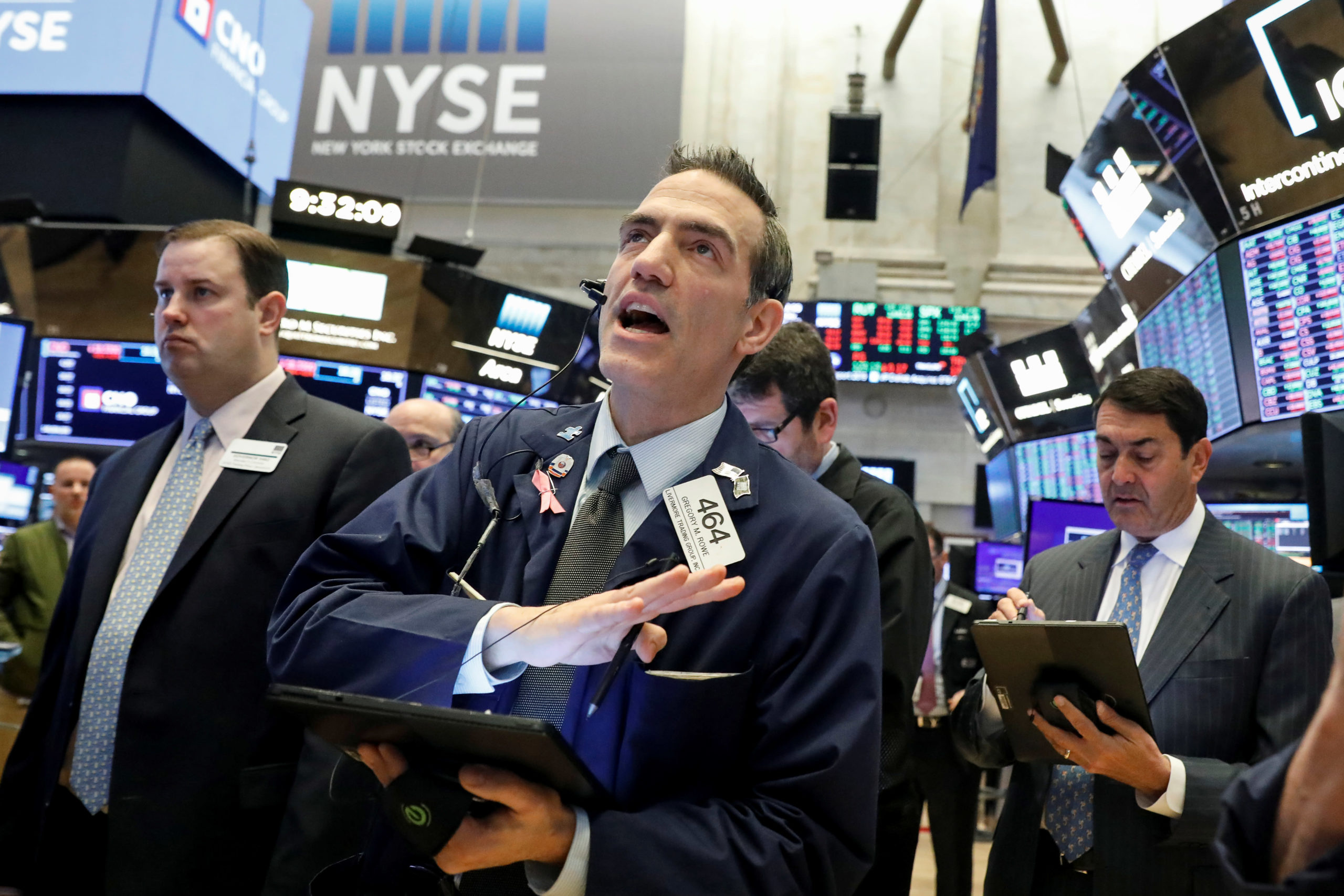Wall Street‘s major averages closed mixed on Thursday as investors pored through the U.S. Federal Reserve’s new policy strategy on inflation and a slew of key economic data.
The Dow Jones Industrial Average rose 160.35 points, or 0.57 percent, to 28,492.27. The S&P 500 increased 5.82 points, or 0.17 percent, to 3,484.55. The Nasdaq Composite Index fell 39.72 points, or 0.34 percent, to 11,625.34.
Eight of the 11 primary S&P 500 sectors climbed, with financials and real estate up 1.7 percent and 1.4 percent, respectively, outpacing the rest. Communication services dipped 1.3 percent, the worst-performing group.
Meanwhile, U.S.-listed Chinese companies traded mostly lower, with eight of the top 10 stocks by weight in the S&P U.S. Listed China 50 index ending the day on a downbeat note.
Fed Chairman Jerome Powell announced on Thursday that the central bank will seek to achieve inflation that averages 2 percent over time, a new strategy for carrying out monetary policy to help fight the COVID-19 pandemic and boost economic recovery.
“Therefore, following periods when inflation has been running below 2 percent, appropriate monetary policy will likely aim to achieve inflation moderately above 2 percent for some time,” Powell said in remarks to the Kansas City Fed’s annual Jackson Hole research conference, which is held virtually this year because of the pandemic.
“This is a subtle change, made because the old way of conducting policy did not work,” Chris Low, chief economist at FHN Financial, said in a note on Thursday, adding the move indicated “the era of preemptive monetary policy is over.”
On the data front, the U.S. economy contracted at an annual rate of 31.7 percent in the second quarter amid mounting COVID-19 fallout, the U.S. Commerce Department reported Thursday.
Moreover, U.S. initial jobless claims, a rough way to measure layoffs, came in at 1 million in the week ending Aug. 22, following claims of 1.1 million in the prior week, said the Department of Labor. The reading was roughly in line with market expectations.
Related
























